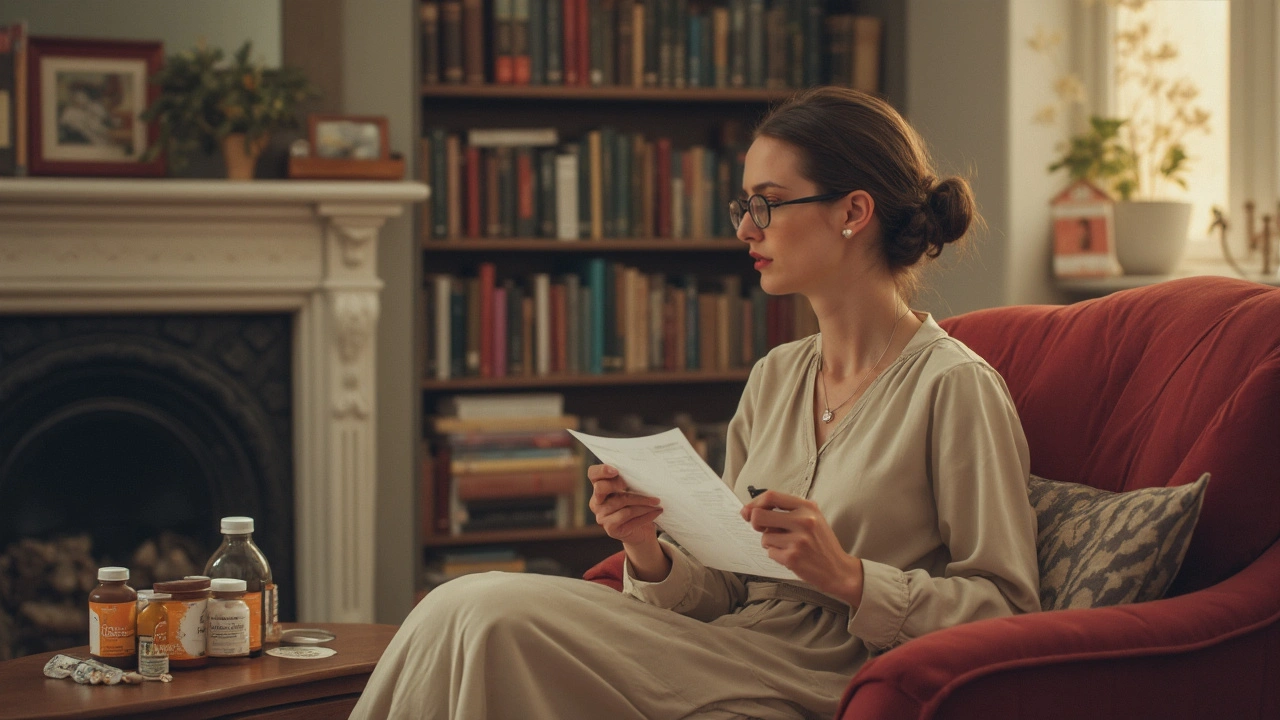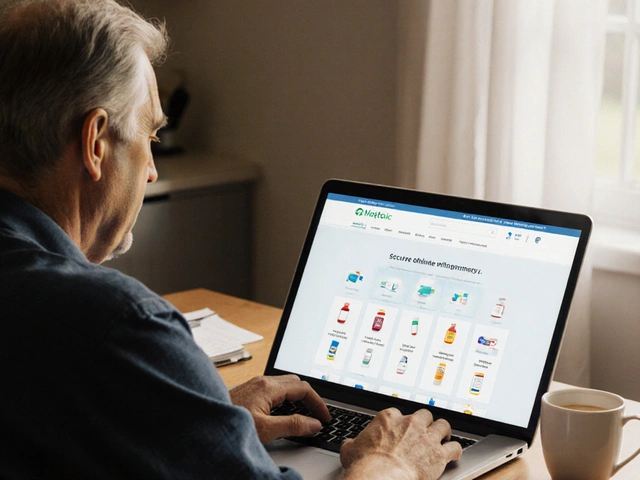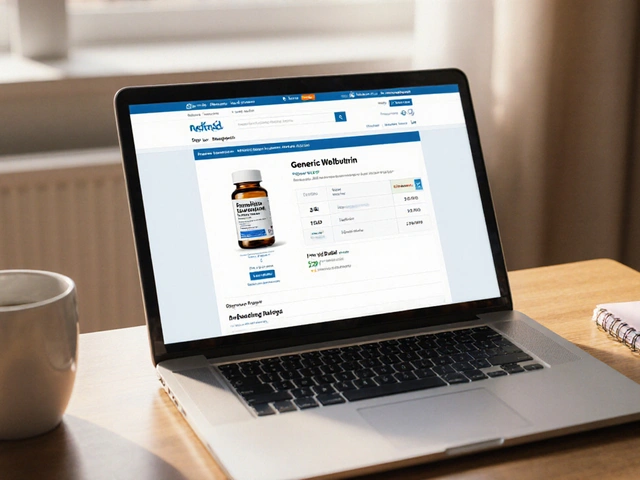Anxiety treatment: practical steps that help
If anxiety is taking up too much of your day, you want clear steps — not vague advice. Start by naming what you feel: worries, panic, racing heart, or avoidance. That short list helps you and your clinician pick the right path fast.
First, try simple daily changes. Sleep 7–9 hours, cut back on caffeine and alcohol, move 20–30 minutes most days, and practice a 4-4-4 breathing break when you feel tense. These moves won’t erase severe anxiety, but they lower the baseline and make other treatments work better.
Therapy choices that actually work
Cognitive Behavioral Therapy (CBT) is the most proven talk therapy for most anxiety types. It teaches small, doable exercises to challenge fears and change habits. Exposure therapy is best for phobias and panic-related avoidance — you slowly and safely face what scares you. If in-person therapy feels hard, many good online CBT programs and guided workbooks can help. Check for licensed therapists and read a few client reviews before choosing.
Medication: practical tips and options
Medications can be a game-changer when anxiety blocks daily life. Common starters are SSRIs (like sertraline or escitalopram) or SNRIs. Buspirone helps generalized anxiety and usually won’t cause sedation. For short-term panic relief, doctors sometimes prescribe benzodiazepines, but use them carefully because they can be addictive. Beta‑blockers (like propranolol) work well for performance anxiety — they calm the body’s physical response during one-off events.
Start low and give meds time: most antidepressants need 4–8 weeks to help. Keep a simple daily symptom log — note sleep, mood, side effects, and any triggers. Share that with your prescriber so adjustments are targeted, not guesswork. Never stop meds abruptly; ask your doctor for a taper plan.
Combine treatments for better results. Studies show therapy plus medication often beats either alone for moderate to severe cases. While you do therapy, use practical tools: a worry journal, grounding techniques (5 things you see, 4 you feel), and scheduled worry time — 10 minutes daily to face concerns so they don’t run the whole day.
Safety and finding help. If you have suicidal thoughts, severe panic with chest pain, fainting, or confusion, contact emergency services now. For regular care, start with your primary care doctor or a mental health clinician. Ask about side effects, drug interactions, and whether therapy can be combined with meds. If cost or access is an issue, community clinics and sliding-scale therapists exist.
Small habits add up. Track progress weekly, celebrate tiny wins (a trip out, a phone call), and reroute setbacks as steps, not failures. With consistent action — lifestyle changes, targeted therapy, and mindful medication use — anxiety becomes manageable for most people. You don’t have to handle it alone; reach out and make a plan today.
Useful free tools: mindfulness apps like Insight Timer or a simple timer for breathing can help build a habit. Join a peer support group online to share tricks and avoid isolation. Expect steady but uneven progress — many people see clear gains in 6–12 weeks with consistent work. If unsure, call your clinic for triage.





